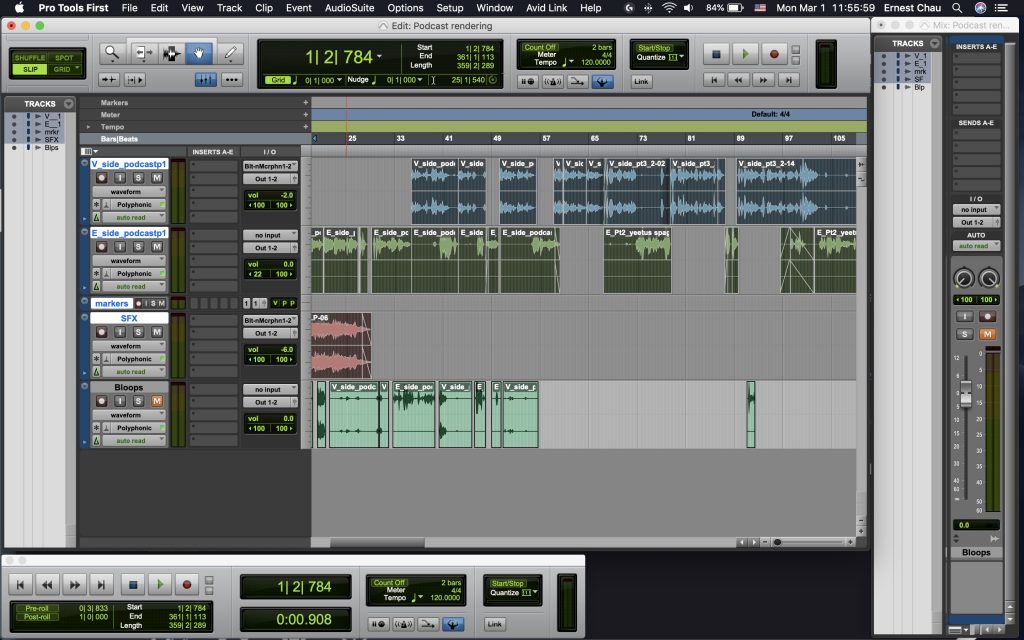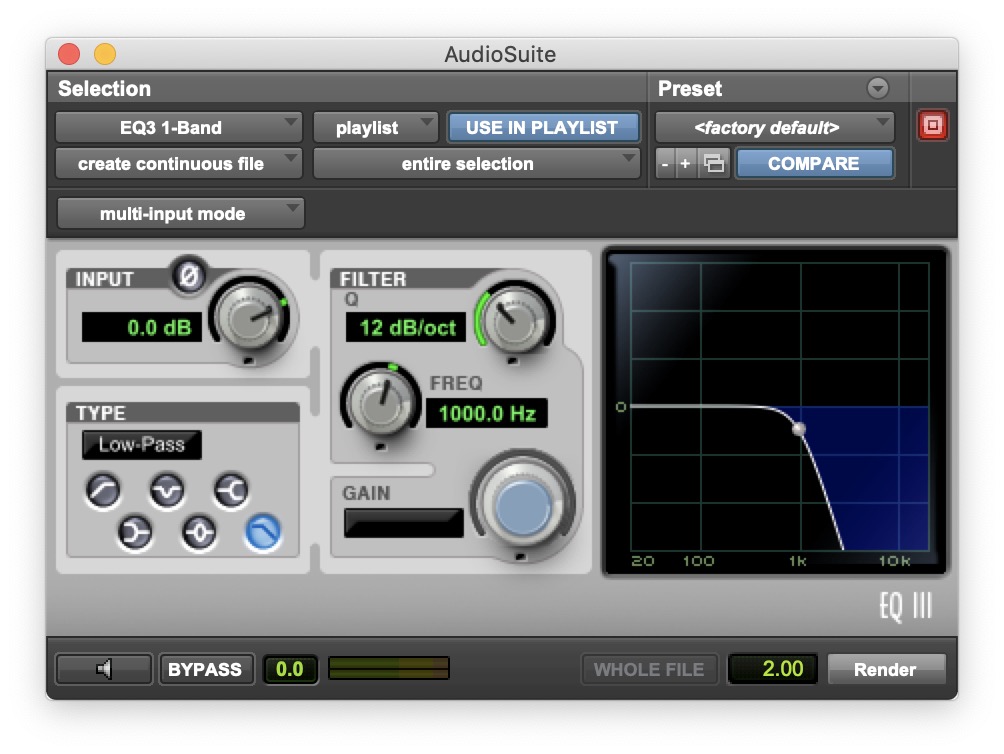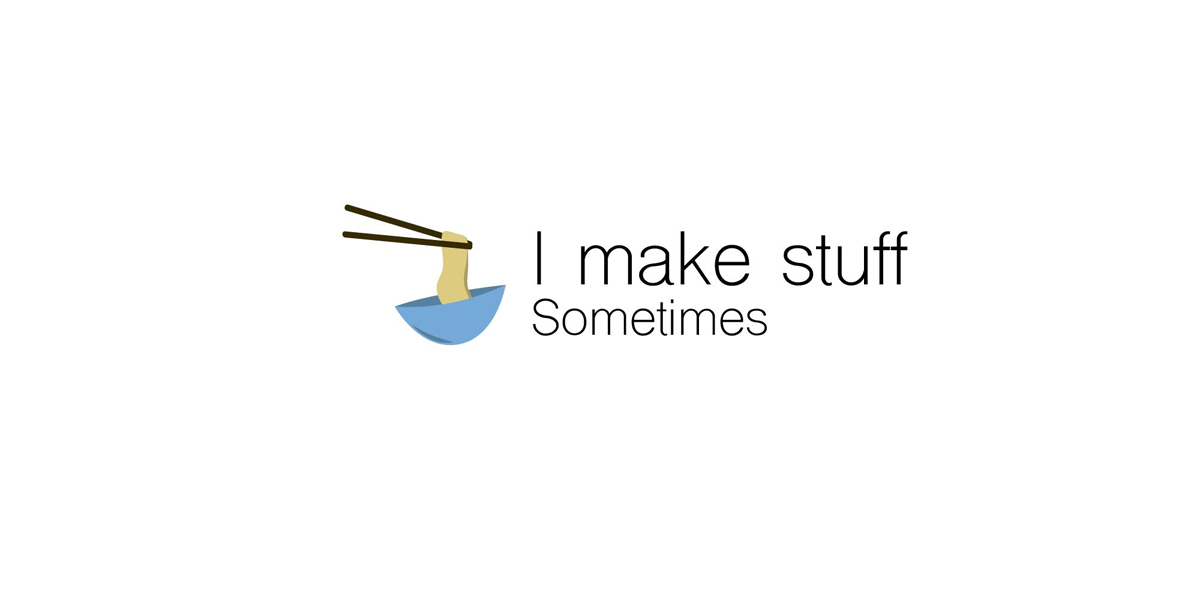Hearing Hijinks is a podcast based around the world of music, and is hosted by two musicians who mainly do classical but also branch out in a couple other areas (dance, jazz, production, etc.) For this first episode, we explore a novel perspective on music, and how people who are hard of hearing approach this auditory artform.
About the Co-Hosts
Victoria Lam is a senior at Freestyle Academy, learning animation. She plays violin and definitely, totally, practices every day. She wanted to make this podcast because she is a musician with hearing loss and often feels a little bit misunderstood.
Ernest Chau is also a senior at Freestyle Academy, and particularly enjoys working in Illustrator and exploring Reason. Aside from freestyle, he enjoys practicing oboe, making reeds, and studying biology.
Inspiration and Process
We decided to make this project as a way to explore the way people with hearing impairments (including Victoria) work within the musical world, but also to share that information with others and try and shed some light on it. By making it more accessible to a wider audience, but also leveraging this oxymoronic topic, we thought we could make an interesting piece.
Most of our inspiration came from other conversational podcasts, ie Sawbones, but also from the people that we wanted to study further; like Evelyn Glennie and Andrew Huang.


Reflections:
This project was super fun, and it’s been a project that I’ve wanted to do for a while, but never got around to doing so. It was also a really interesting challenge to try and script stuff to know what’s happening, but also make it sound natural.
The main advice from me would be is to create a loose script, but not to be afraid of messing up. We did this, and when we made mistakes I was able to fix them in post. However, we had a lot of gems that we wouldn’t have been able to act out again, which I like to think gave our product more character.
